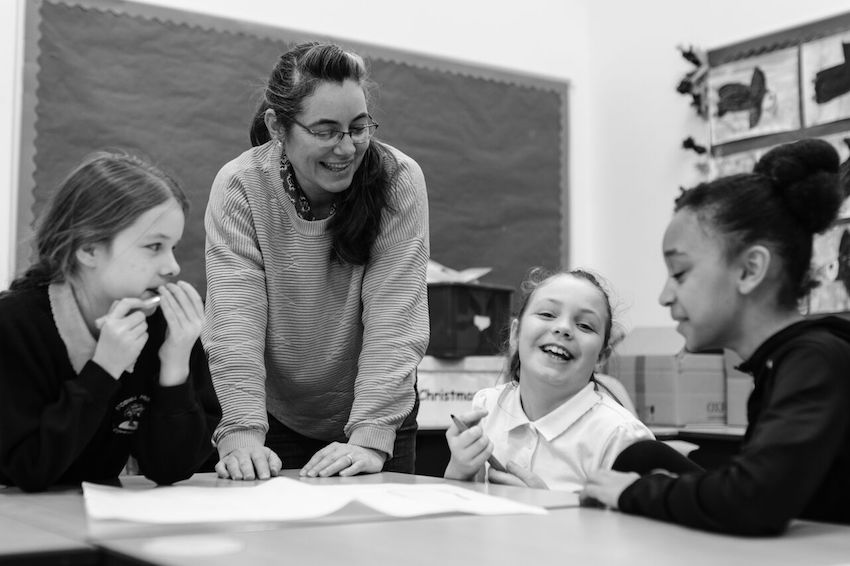Founded in 2016 by Mary Michel and Marian Brown, Ostrero champions the Circular Economy in Scotland.
As a research and advocacy body, Ostrero works with a wide range of organisations and businesses to implement the Circular Economy in their operating model, and raise awareness of the environmental, social and economic benefits that it can bring.
We spoke to co-founder Mary Michel about Ostrero, the Circular Economy, how makers can adopt it and how it can help their practice.
What is the Circular Economy, and what are the benefits for makers?
The Circular Economy is all about keeping materials at their highest value for as long as possible - essentially, it’s about designing out waste.
We currently live in a Linear Economy which is based on a straight line: we take things out of the ground, make something from them, use them (often only once or twice) and chuck them away without giving too much thought as to where they end up. In contrast, in a Circular Economy, the whole lifecycle of every material is considered right from the design stage. As in nature, there is no waste as everything feeds into something else.
There are long-term, softer and immediate, practical benefits to makers in adopting a Circular Economy approach in their practice. Firstly, you are taking an active and practical stance against the climate crisis. This is important for your own wellbeing and something that more and more customers and suppliers are asking about. The Circular Economy also gives you the opportunity to rethink how and why you design and make things. I would highly recommend the book, “Cradle to Cradle” by Michael Braungart and William McDonough for makers who are interested in finding out more about this. Secondly, on a more practical level, maximising the use of resources makes your practice more materials efficient, thereby also saving money.
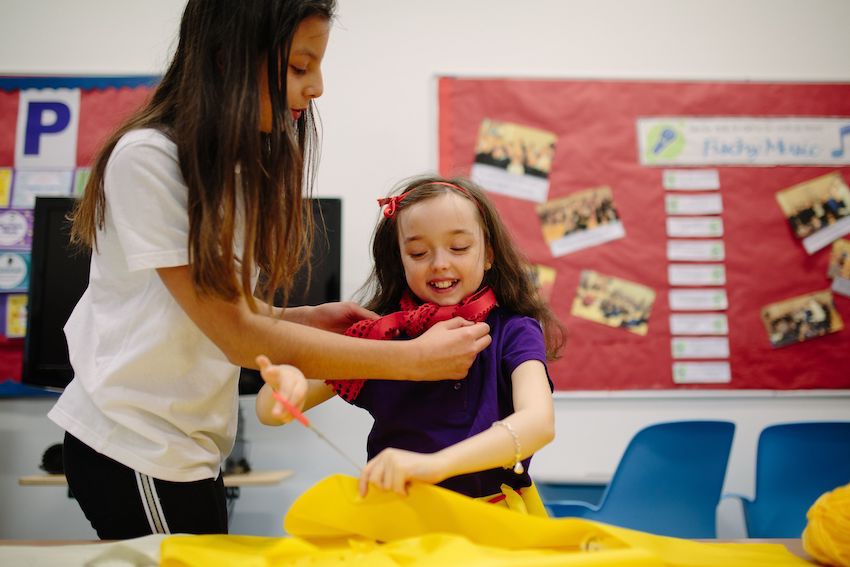
Primary pupils creating circular fashion garments, photography by James Robertson
Can you tell us more about Ostrero’s touring workshop, Making Circles?
Making Circles tours to schools all over Scotland. The half day workshop includes an introduction to the Circular Economy, followed by a half-day session in which children from P2 to S3 work in groups to design something along circular principals. For example, they will transform waste to value, being inspired by nature, being multi-functional or being powered by renewable energy.
The workshops are run by me and a maker, who helps transform the designs into prototypes. We have been lucky to work with the wonderful ceramicist Mella Shaw and silversmith Bryony Knox.
Last year the designs were shared through a display at the National Museum of Scotland. This year, due to Covid-19, the display has gone online.
Making Circles came about as a solution to two different problems. Firstly, we wanted to change mindsets away from the consumerist behaviours that we are all encouraged to adopt, to a more thoughtful way of living and working that doesn’t damage the environment. Secondly, in my work with the Incorporation of Goldsmiths and Craft Scotland, I was seeing that the hand skills we all used to take for granted such as sewing, hammering, knitting, tying a bow, were being lost in schools. Not only are these skills important and valuable in themselves, but they will be essential in a Circular Economy, where we need to know how to look after and repair our things. In Making Circles, we decided to tackle both issues at once by exploring the potential of circular design and giving children a hands-on experience, using these skills.
What have been some of the best responses from pupils and teachers to the Making Circles sessions?
We have had an unanimously positive response from both teachers and pupils, but the best response is when we get pupils so caught up in the making process that they don’t want to do anything else. We had one P6 boy who said this was the best thing he had done at school, and teachers often comment that it is the children they least expect who get the most out of the workshops. Those who can have trouble focussing on traditional classroom learning become completely absorbed in making.
From a Circular Economy point of view, it’s been great to see children becoming inspired to write to companies or their local council to protest about the use of single-use plastics or set up their own school gardens.
The Circular Economy also gives you the opportunity to rethink how and why you design and make things.
Who is inspiring you in the world of circular economy?
Dame Ellen MacArthur is my Circular Economy hero. She was an incredible sailor - she set a record for the fastest solo nonstop voyage around the world on her first attempt, and while doing so had a moment of epiphany. She realised that in order to complete the attempt, all the resources on the boat had to last for the long months of the journey, and that this was a parallel to our world’s resources – too often we live and buy as if the world’s resources were infinite, when of course they are anything but. When she got home, she gave up professional sailing and set up the Ellen MacArthur Foundation, which is all about the Circular Economy and a great place to go for more information.
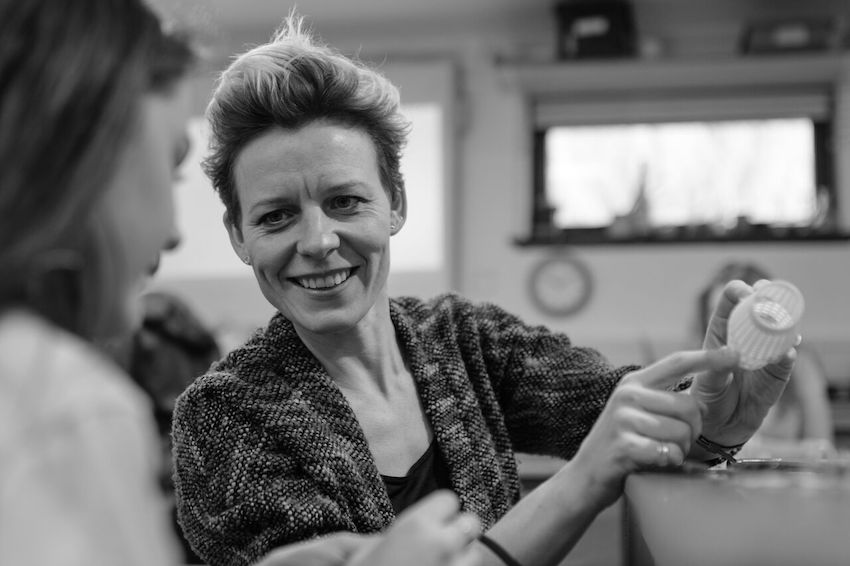 Mella Shaw, photography by James Robertson
Mella Shaw, photography by James Robertson
Finally, what is your hope for the future for the circular economy in Scotland?
I feel hugely excited about the potential for the Circular Economy in Scotland. It’s inspiring to look at countries like the Netherlands or Finland, who are really leading in this area, and using circular design throughout everything they do, from their school systems to their buildings to entire cities.
My hope for Scotland is that the Circular Economy be embedded in the school curriculum, so that all young people come into the world with an understanding of the urgency of the issues, and the imaginative and physical skills needed to transform our country and lead it into a healthier and brighter future. The current lockdown is showing us that transformative change is possible. As part of the Making Circles display, we asked children to share their experiences of lockdown and how it could help us build back a better society afterwards. They chose Fresh Air for All, Making Things Last and a Mindset for Change as the 3 best things to come out of lockdown – change is happening, let’s design and make for it to last!
Interviews have been lightly edited or answers condensed.
Read More
-
Full details→
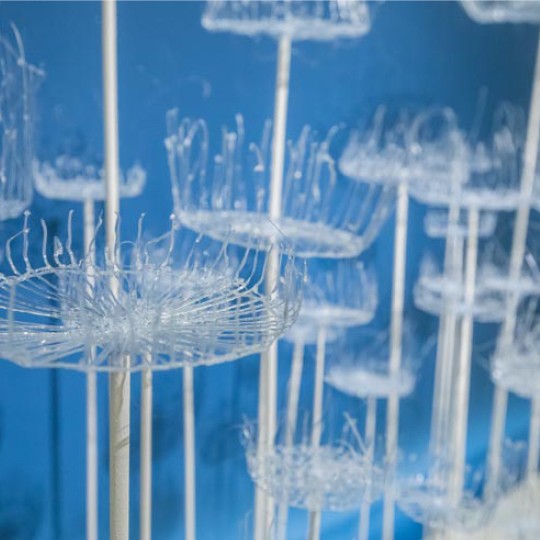
Make It Green Green Arts Day: 7 projects making craft greener in 2020
To celebrate #GreenArts Day 2020, we are rounding up 7 projects making craft greener in Scotland.
18 Mar 2020
-
Full details→
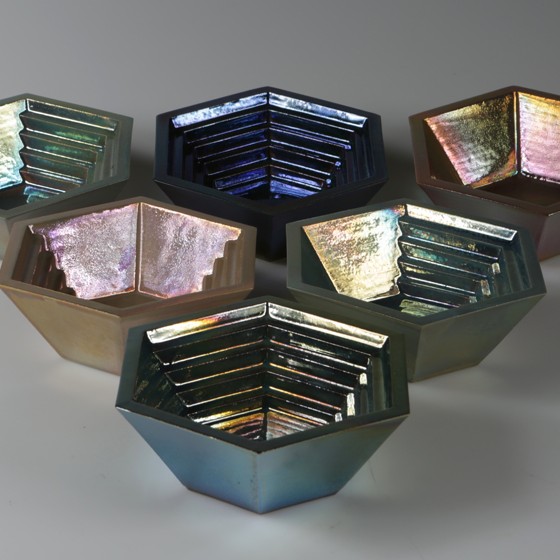
New Talent From seaweed textiles to 3D printing, how young graduates are creating the future of craft.
In the second half of this series, textile designer Jasmine Linington and ceramicist Alison Thyra Grubb talk about sourcing seaweed to produce sustainable textiles, and the relationship between clay and digital printing.
13 Feb 2020
-
Full details→
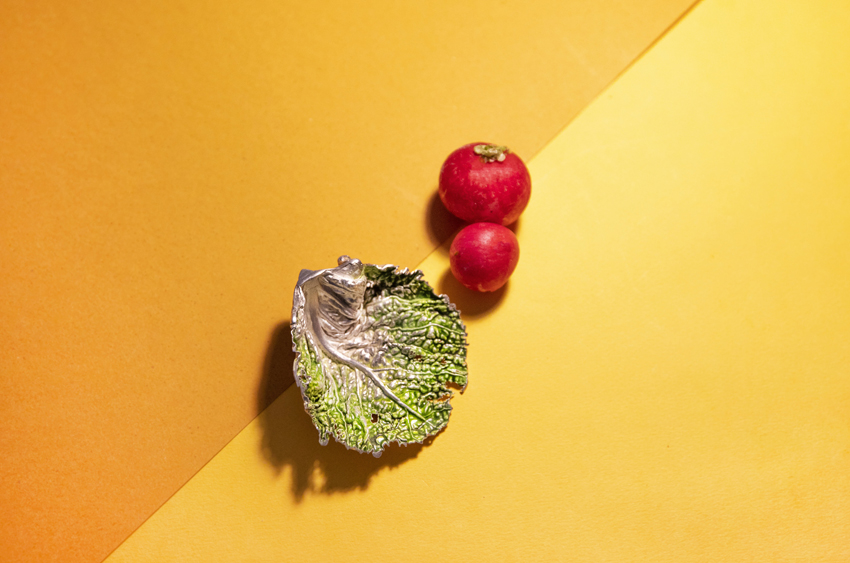
New Talent From Cooking to Nature, New Graduates Find Inspiration Everywhere
In the first of this two-part series, meet silversmith Harriet Jenkins and textiles designer Claire Frickleton from the Craft Scotland Graduate Award 2019/20.
22 Jan 2020
-
Full details→
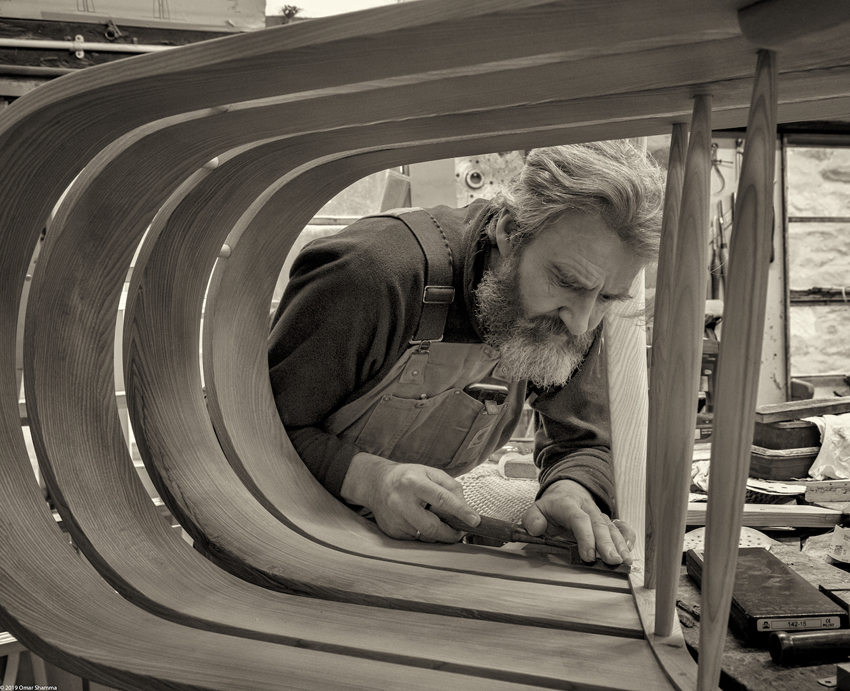
Make It Green Angus Ross: The maker protecting 50-acres of Scottish woodland
Meet the maker protecting 50-acres of Scottish woodland. Angus Ross creates a range of tactile furniture from Scottish Oak.
9 Oct 2019
-
Full details→

Make It Green Leading by example in ethical jewellery making
We talk to the Incorporation of Goldsmiths about their recent ethical making symposium, their new ethical making resource and how makers can make positive change.
4 May 2018
-
Full details→
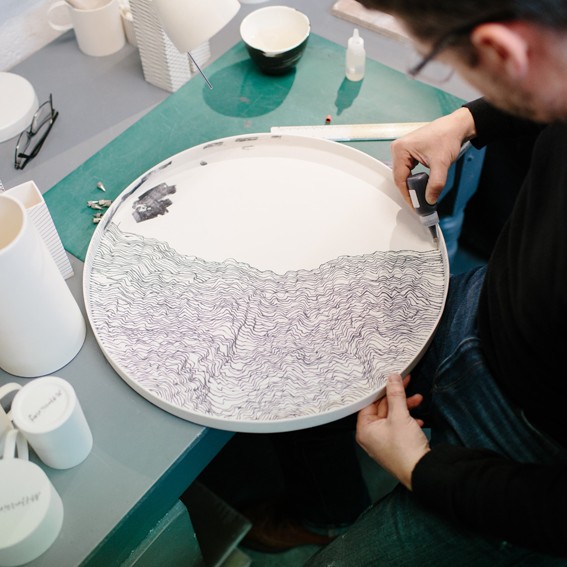
Make It Green Looking for a Sustainable Craft Supplier? Check these 5 things.
20 Mar 2018
-
Full details→
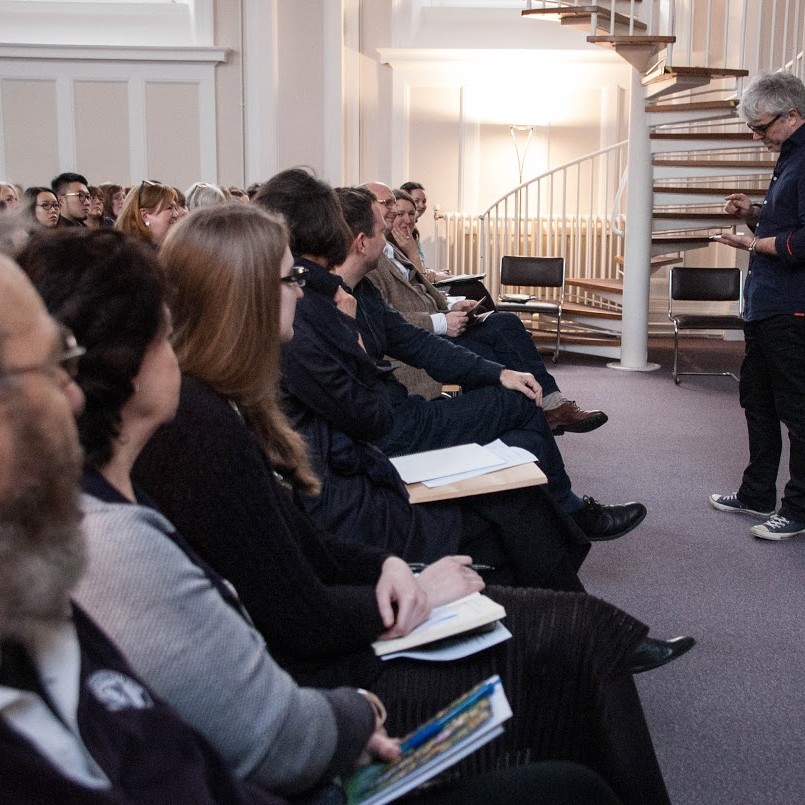
Make It Green Ethical tips for jewellers
The Incorporation of Goldsmiths has been up to great adventures in the field of ethical jewellery and sustainability. We hear about their recent ethical jewellery symposium and get some key…
17 Feb 2017
-
Full details→
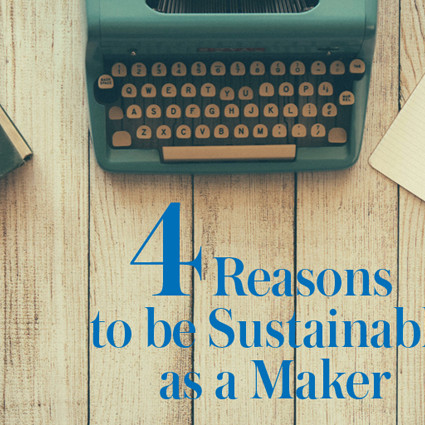
Make It Green 4 Reasons To Consider Sustainability As A Maker
Nature benefits, and so does your business. Our Make It Green series outlines all the benefits of embracing sustainability.
21 Aug 2016
-
Full details→
![Green Arts Day: 7 projects making craft greener in 2020]()
Make It Green Green Arts Day: 7 projects making craft greener in 2020
To celebrate #GreenArts Day 2020, we are rounding up 7 projects making craft greener in Scotland.
18 Mar 2020
-
Full details→
![From seaweed textiles to 3D printing, how young graduates are creating the future of craft.]()
New Talent From seaweed textiles to 3D printing, how young graduates are creating the future of craft.
In the second half of this series, textile designer Jasmine Linington and ceramicist Alison Thyra Grubb talk about sourcing seaweed to produce sustainable textiles, and the relationship between clay and digital printing.
13 Feb 2020
-
Full details→
![From Cooking to Nature, New Graduates Find Inspiration Everywhere]()
New Talent From Cooking to Nature, New Graduates Find Inspiration Everywhere
In the first of this two-part series, meet silversmith Harriet Jenkins and textiles designer Claire Frickleton from the Craft Scotland Graduate Award 2019/20.
22 Jan 2020
-
Full details→
![Angus Ross: The maker protecting 50-acres of Scottish woodland]()
Make It Green Angus Ross: The maker protecting 50-acres of Scottish woodland
Meet the maker protecting 50-acres of Scottish woodland. Angus Ross creates a range of tactile furniture from Scottish Oak.
9 Oct 2019
-
Full details→
![Leading by example in ethical jewellery making]()
Make It Green Leading by example in ethical jewellery making
We talk to the Incorporation of Goldsmiths about their recent ethical making symposium, their new ethical making resource and how makers can make positive change.
4 May 2018
-
Full details→
![Looking for a Sustainable Craft Supplier? Check these 5 things.]()
Make It Green Looking for a Sustainable Craft Supplier? Check these 5 things.
20 Mar 2018
-
Full details→
![Ethical tips for jewellers]()
Make It Green Ethical tips for jewellers
The Incorporation of Goldsmiths has been up to great adventures in the field of ethical jewellery and sustainability. We hear about their recent ethical jewellery symposium and get some key…
17 Feb 2017
-
Full details→
![4 Reasons To Consider Sustainability As A Maker]()
Make It Green 4 Reasons To Consider Sustainability As A Maker
Nature benefits, and so does your business. Our Make It Green series outlines all the benefits of embracing sustainability.
21 Aug 2016
